Magazine | Voyages
Observer les oiseaux dans le centre du Chili, des Andes à l’océan Pacifique
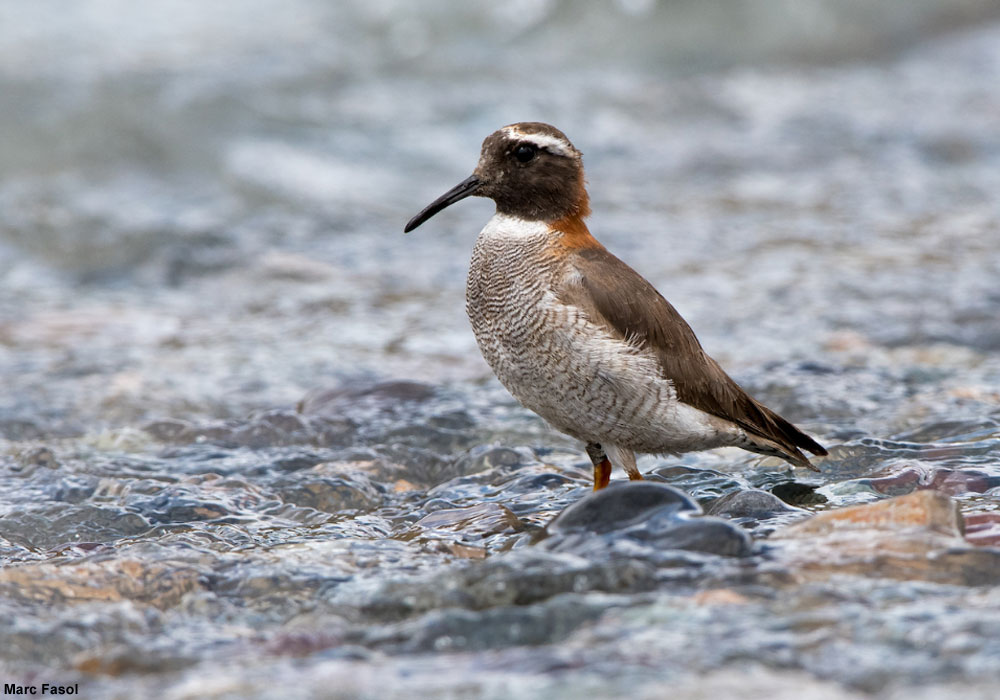
Pluvier des Andes (Phegornis mitchellii), vallée d’El Yeso (Chili), février 2020.
Photographie : Marc Fasol
Introduction
Le Chili est un pays d’Amérique du Sud formant une longue bande étroite de 4 300 kilomètres de long et de 180 kilomètres de large en moyenne entre l’océan Pacifique et les Andes. Cette géographie très particulière explique la grande diversité de ses climats, du Nord désertique et aride au Sud froid et humide, et de ses côtes baignées par le froid courant de Humboldt aux sommets andins culminant à 6 893 mètres d’altitude (Ojos del Salado).
La région centrale est la plus peuplée, mais son avifaune est aussi la plus variée grâce à une grande diversité d’habitats et de climats sur une surface réduite, que l’on peut facilement découvrir grâce à un bon réseau routier. La capitale Santiago constitue une excellente base pour observer les « spécialités » ornithologiques de cette partie du pays, comme le Pluvier des Andes et le Condor des Andes, mais aussi une grande diversité d’oiseaux marins qui profitent des eaux marines poissonneuses du courant de Humboldt.
Dans cet article, nous vous proposons une sélection de bons sites pour découvrir les oiseaux du centre du Chili. Nous remercions Marc Fasol (voir sa galerie de photos), qui a séjourné dans le pays du 4 au 13 février 2020, pour ses informations et ses photos.
Abstract
Chile is a South American country forming a long narrow strip of 4,300 km long and 180 km wide on average between the Pacific Ocean and the Andes. This very particular geography explains the great diversity of its climates, from the arid Northern deserts to the cold and humid Patagonia, and from the Pacific Coast bathed by the cold current of Humboldt to the Andean peaks culminating at 6,893 meters (Ojos del Salado).
The central region is the most populated area of the country, but its avifauna is also the most varied of the country thanks to a great diversity of habitats and climates on a reduced surface, which can easily be discovered thanks to a good roads network, from the wetlands along the Pacific coast to the Andean valleys. The capital Santiago is an excellent base to watch several ornithological « specialities », such as the Diademed sandpiper-plover and the Andean Condor, but also a great variety of seabirds.
In this article, we propose you a selection of good birding spots to watch birds of central Chile. We thank Marc Fasol (see his gallery of bird photos), who stayed in the country from the 4th to the 13th of February 2020, for his information and photos.
Poursuivez la lecture de cet article, en vous abonnant dès maintenant !
Découvrez les Archives d’Ornithomedia.com
Pour seulement 10,00 €TTC/an (ou 6,00 € les 6 mois)
Profitez de plusieurs centaines d’articles en accès illimité et sans aucun engagement.
Compléments
Contact
Marc Fasol – Courriel : marc.fasol@icloud.com – Galerie : www.oiseaux.net/photos/marc.fasol/
Sites web utiles
- Le site web de la revue La Chirioca : www.lachiricoca.cl
- Le site web Andeshandbook : www.andeshandbook.org
- Le site web du Parque Humedal du Rio Mapo : humedalriomaipo.cl/el-parque/
- Le site web Red de Observadores de Aves y Vida Silvestres de Chile : www.redobservadores.cl
Ouvrages recommandés
- Birds of Southern South America and Antarctica de M. R. de La Pena et al.
- Carte Chile and Patagonia Nelles Map de Nelles Verlag GmbH (2006)
- Petit Futé Patagonie (2014) de Petit Futé
- Birds of Chile: Including the Antartic Peninsular, the Falkland Islands and South Georgia de Alvaro Jaramillo (Auteur), Peter Burke (Illustrations) et David Beadle (Illustrations)
- Birds of Argentina & Uruguay: A Field Guide de Dario Yzurieta (Auteur) et Tito Narosky (Auteur)
- Guia De Aves Y Mamiferos De La Patagonia/ Birds And Mammals Guide Of The Patagonian Coast de Guillermo Harris (Auteur)




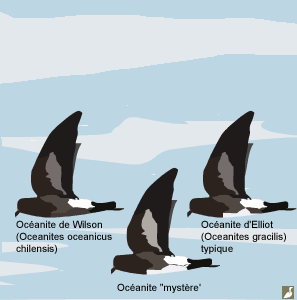
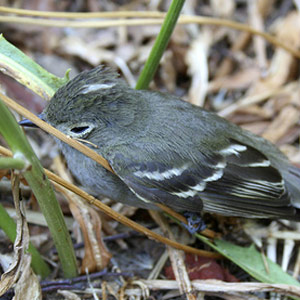
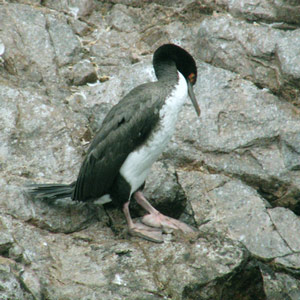
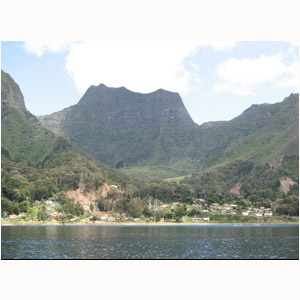
Aucun commentaire sur ce sujet
Participer à la discussion !